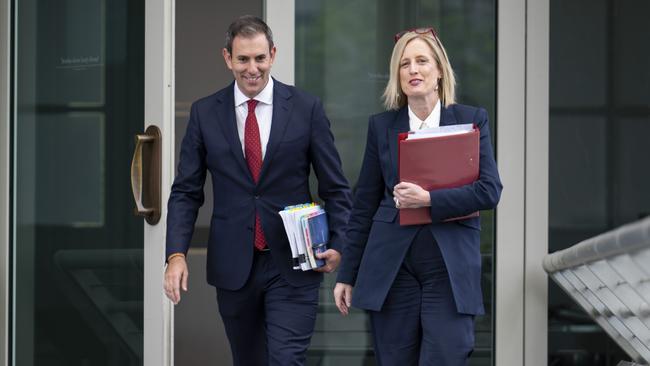
In the budget in October last year, several initiatives were announced in the form of higher childcare subsidy rates as well as a more generous paid parental leave scheme.
At a cost of an additional $4.6bn across three years, the maximum rate of childcare subsidy is about to increase from 85 per cent to 90 per cent for families earning up to $80,000 a year. The income limit for the childcare subsidy will increase to $530,000 a year. The rate of the subsidy falls by 1 per cent for every additional $5000 of family income. There is no weekly cap on the amount of subsidy that can be received.
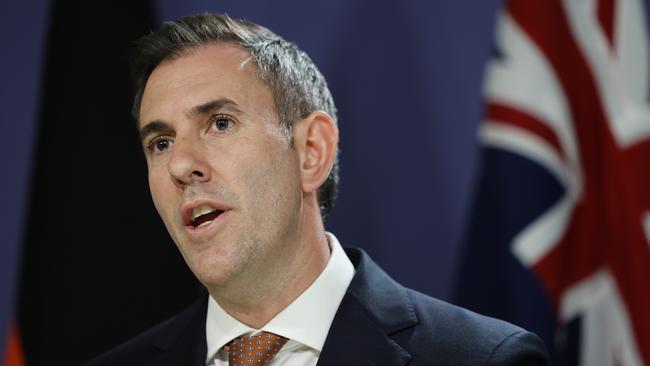
When it comes to paid parental leave, the government announced a series of extensions to the period for which government payments are made after the birth of a child. By mid-2026 the mandated period will be 26 weeks, up from the current 18 weeks. The cost of this extension is estimated at $532m across three years.
Families with combined incomes of up to $350,000 a year will be eligible for the payment. Note there is no intention to deal with the perennial “double dipping” issue where some women, including all those working in the public sector, can access additional paid parental leave entitlements provided by their employers.
Given the cost of these initiatives, one might assume the government would decide to wait and see how they play out. But the lobbyists for even more preferential treatment for women haven’t been sitting on their hands and are loudly making the case for other changes, some quite costly.
The Treasurer has already commissioned the Productivity Commission to undertake an inquiry into the case for universal “free” childcare. Based on the previous work of the Productivity Commission, it is clear any favourable workforce participation response to more subsidisation of childcare will be found to be extremely modest. But this will not put off the advocates.
In the meantime, there is pressure on the government to remove the so-called activity test as a requirement for receiving childcare fee relief. This test ensures that those availing themselves of the subsidies demonstrate the extent of their activity each week. Allowed activities include paid work, education/study, training, volunteering, unpaid internships and looking for work. The activity test is entirely reasonable.
But the lobbyists claim the test is oppressive by denying women access to affordable childcare while they seek to get a foothold in the labour market. (Incidentally, there are separate arrangements for women from very disadvantaged backgrounds.)
In fact, the activity test provides considerable scope for women preparing for and seeking employment.
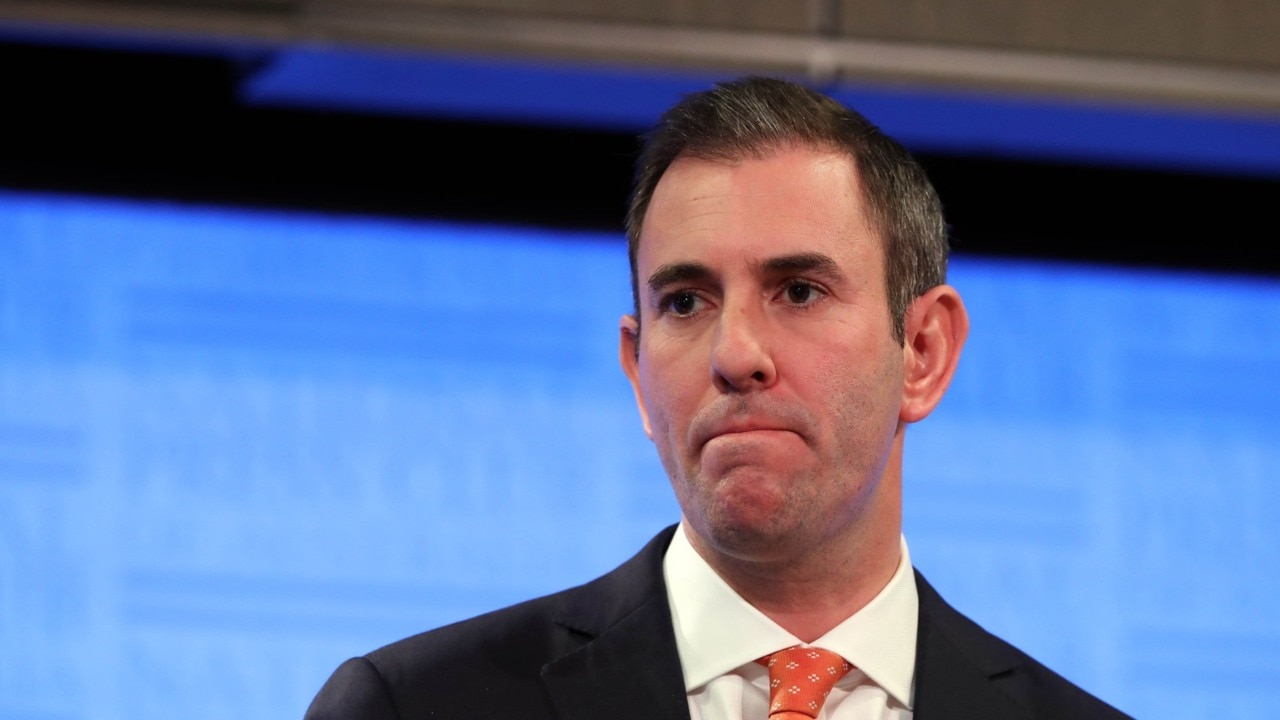
There are two real dangers to loosening or abolishing the activity test. The first is that there are already insufficient places at childcare centres, mainly because of the shortage of staff, and any further increase in demand would be difficult to meet. (This applies also to the imminent changes to the subsidy rates. Another risk is that fees will rise.)
Second, some women simply might take the opportunity to leave their children to play tennis, have coffee or join the local bridge club.
Arguably, the childcare spots they would take could crowd out those who really need childcare to undertake their jobs. And while those leisure activities are all well and good, they should not be subsidised by taxpayers.
Another high-priority issue for the lobbyists is the reduction in the single parent payment when the recipient’s youngest child turns eight. It was previously 16. Under current arrangements, recipients of this payment revert to the JobSeeker payment, which is about $100 less a week than the single parent payment. Implemented by the Gillard government in 2012 in its vain attempt to hand down a budget surplus, the decision has rankled with some prominent feminists ever since.
According to Anne Summers, for instance, there is a need to “undo a mistake”. Sam Mostyn, who chairs the Women’s Economic Equality Taskforce, has said “the research confirms … that single mothers continue to be punished by a system that denies them the right to be good parents at the very time their children need their support”. (This may surprise those single mothers who work: are we to assume they are not good parents?)
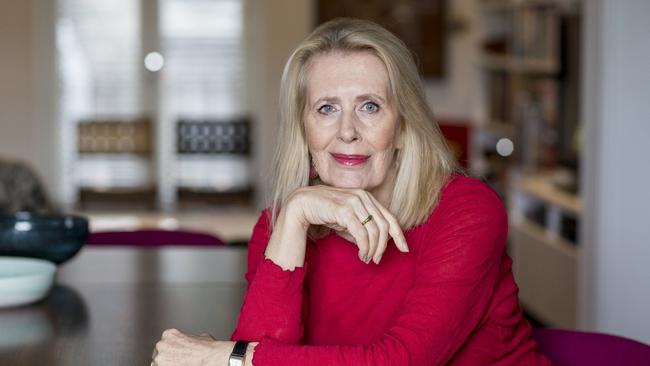
Were the age of the last child to revert to 16, it is estimated the cost would be $1.1bn across three years, providing more assistance to about 85,000 recipients.
There is talk of a compromise of the age of 12 being made the new cut-off, with the costs commensurately lower at $640m. There are references made to the overlap of single parents with older children and victims of domestic violence to support the case for change.
An alternative argument is that single parents are best served by working, as a source of income as well as a useful role model for their children. Indeed, most single parents do actually undertake some paid work. When the change to the single parent payment was effected in 2012, about one-third of recipients exited the payment altogether.
Of course, as a single parent, it is more difficult to negotiate the complexities of school hours and school holidays, but this is one reason the age is eight and not five. In the context of an extremely tight labour market, there are a great many opportunities for single parents, as well as others currently not working, to secure employment.
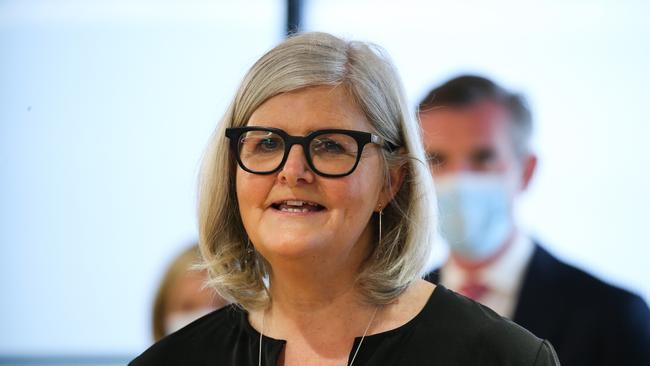
The bottom line is this: all those pro-women initiatives are costly and essentially are paid for by those without dependent children and by men (or put on the government debt tab). When the government is under pressure to reduce the growth of spending, the timing of these spending measures couldn’t be worse.
Of course, the advocates will claim broader societal benefits, although the evidence is very thin on that score. For example, the claim that childcare/early learning education boosts productivity and economic performance is essentially without foundation.
The other point is that most women see themselves as part of family units working in co-operation with their partners to do the best by their children and themselves. They do not see themselves at odds with men. The fact is that three-quarters of women with children, 15 and younger, work. It’s not clear there is always a great deal of sympathy for those who would simply prefer to rely on government handouts, particularly when jobs are plentiful.
The government needs to tread warily: by giving in to the demands of a handful of vocal lobbyists, they may end up offending a much bigger cohort of hardworking women.


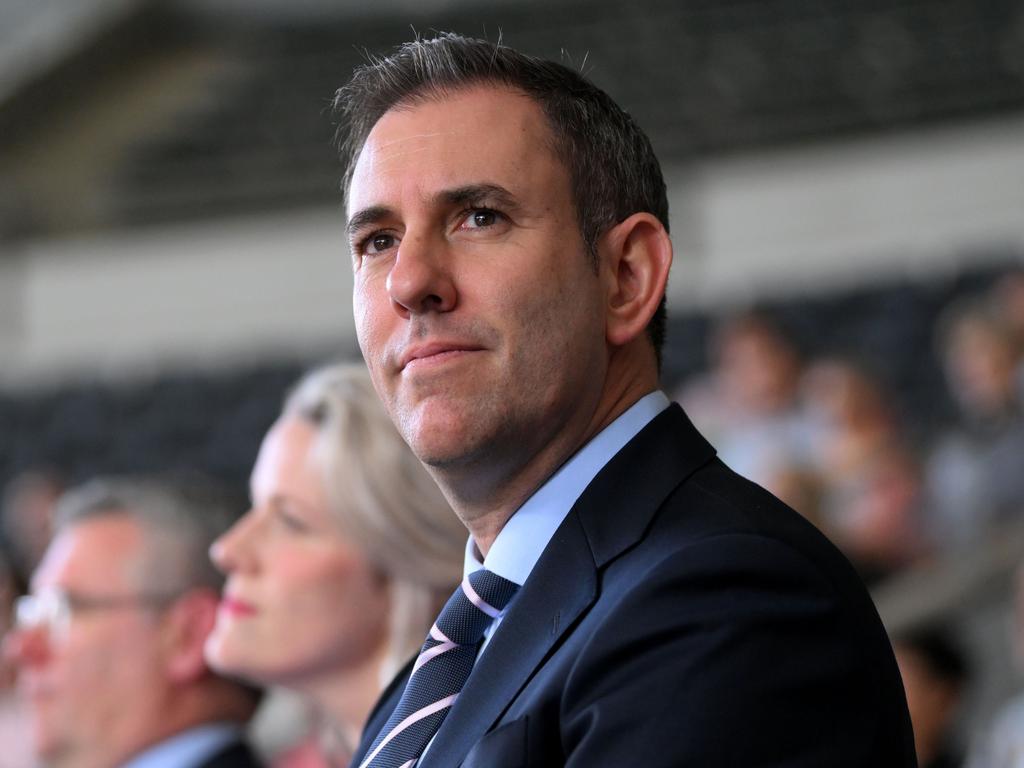

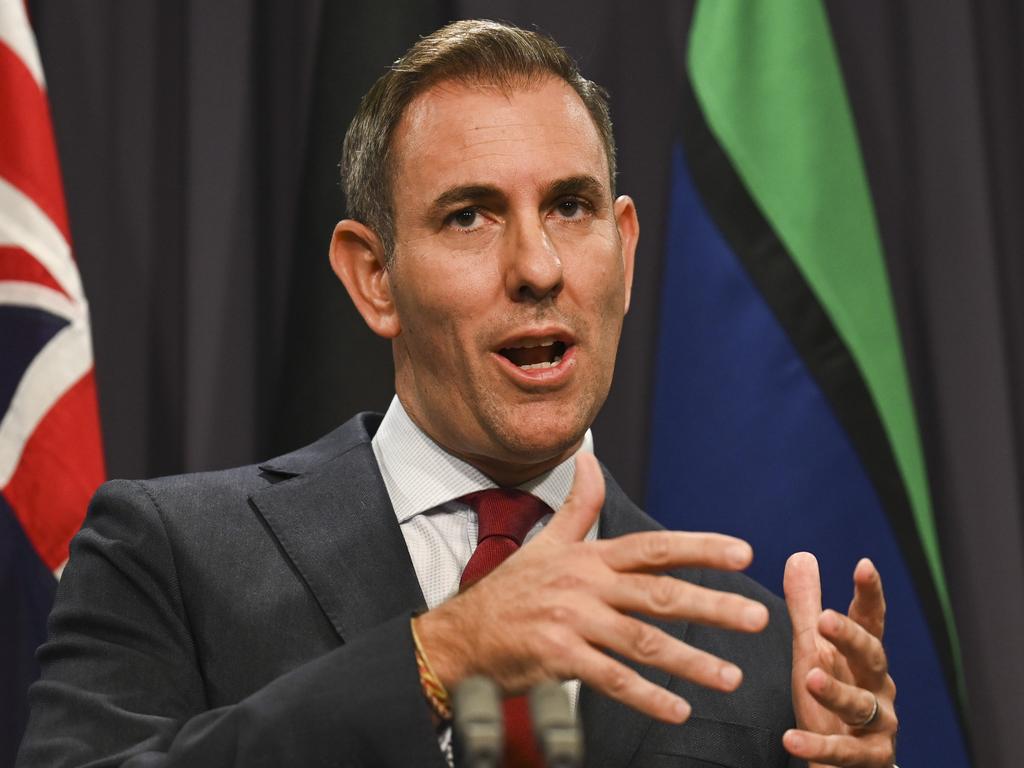
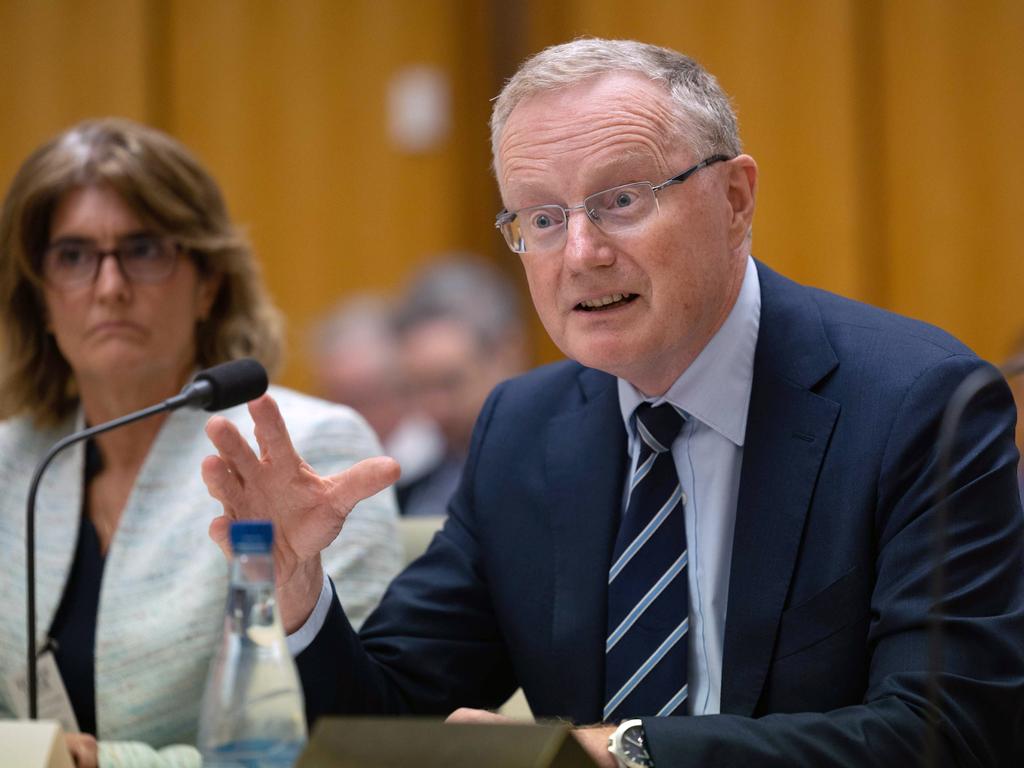


There is no doubt that the Albanese Labor government is always keen to court the women’s vote and there will be several policy initiatives announced in next week’s budget with its customary women’s budget statement.